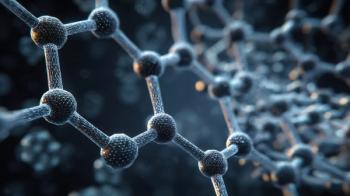
- The Column-09-24-2010
- Volume 6
- Issue 17
Pest detection
New indicators of plant health have been identified by gas chromatography that could provide a remote method for identifying plants that are under attack from pests.
New indicators of plant health have been identified by gas chromatography that could provide a remote method for identifying plants that are under attack from pests.
The monitoring of insect populations is an important part of pest management and is usually performed by human scouts spotting and counting the insects on individual plants within a greenhouse. However a recent study into the herbivore-induced plant volatiles (HIPVs) published in Pest Management Science sought to investigate whether the HIPVs had the potential for use in advanced insect monitoring technologies.1
Tomato plants were infested with caterpillars and then had volatiles collected from the vicinity of these plants. The profiles of these volatiles were determined by GC–MS and allowed the researchers to identify three compounds that act as specific indicators of herbivory. Using an ultrafast portable gas chromatograph in a research greenhouse and in a commercial greenhouse the study found it was possible to differentiate between the emissions of plants to determine which were under attack within six hours of infestation. The study concluded that monitoring plant volatiles has potential as a pest monitoring technique, but more research is required to fully understand the concept.
S. Miresmailli et al., Pest Management Science, 66(8), 916–924 (2010).
Articles in this issue
about 15 years ago
Sea water screeningabout 15 years ago
Finding photosynthesisabout 15 years ago
New Mountain acquires Mallinckrodt Bakerabout 15 years ago
Safe to Eatabout 15 years ago
Summer Reflections (Part 1)Newsletter
Join the global community of analytical scientists who trust LCGC for insights on the latest techniques, trends, and expert solutions in chromatography.




